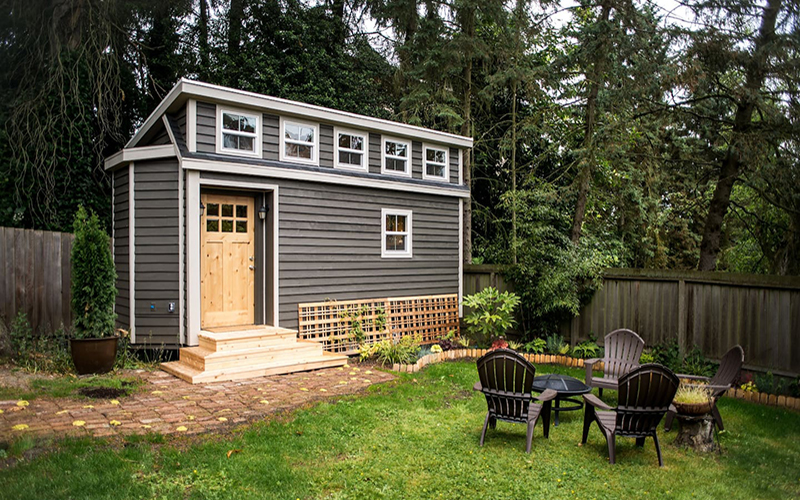
Are Tiny Homes a Wise Investment?
Are Tiny Homes a Wise Investment?
Tiny Homes are popping up everywhere. Magazines, websites, and reality TV shows all praise the space-saving miniature houses that typically range between 180 and 400 square feet in size. Is it truly possible to live comfortably with another person in such a tiny space! Do people still enjoy living in tiny homes after the first year How much do they cost? These are questions you need to ask yourself before you consider purchasing a tiny home.
What Does a Tiny Home Cost?
When you start visiting tiny home builder websites, you quickly realize these miniature residences aren’t cheap. Prices for tiny homes as small as 200 square feet can start at nearly $70.000, and the prices can increase significantly, depending on the quality of materials. One thing many tiny home buyers sometimes forget to consider, is that the price of the home does not include the land the home will eventually sit on. And, when you consider the fact that bathrooms average less than 3 feet wide, often contain recreational vehicle toilets, and have little or no plumbing, and the kitchens may not include normal appliances, that’s a high price tag for such a tiny space.
A Location for Your Tiny Home Many cities and towns have zoning regulations regarding the amount of square feet a living space must have. The last thing a buyer wants to have happen is to purchase the land, build a tiny home, look forward to moving into their new ultra-efficient living quarters, only to discover that local zoning laws won’t allow them to live in it!
Do People Live in Tiny Homes?
Research on the internet, and you’ll find stories from people who lived in their Tiny Homes for a short period of time, as the reality of living in such tight quarters becomes apparent. Some owners build the homes and decide to rent them. A few people manage to live in a tiny home for a few years, but many other people discover tiny homes don’t meet their lifestyle or family needs.
Do Tiny Homes Retain Their Value?
Are Tiny Homes a wise purchase from an investment perspective! Because most tiny homes are mobile rather than permanently fixed to the land, they may likely be treated as a depreciating asset, rather than true real estate. Obviously, in such cases it’ not practical to expect the same type of return on your investment, compared to a traditional home.
Buying A Traditional vs. Tiny Home
There are cozy and small traditional homes which can house a family comfortably, provide storage, give them roots in a community, and allow the potential for the homeowner to build equity. You don’t need to give up the conveniences of being connected to town water, electricity, and cable to live in a cozier space. Don’t jump on the Tiny House bandwagon without carefully considering all of your home buying options, because doing so may save you many thousands in the long run, and will give you peace of mind when it comes time to make a final decision.
